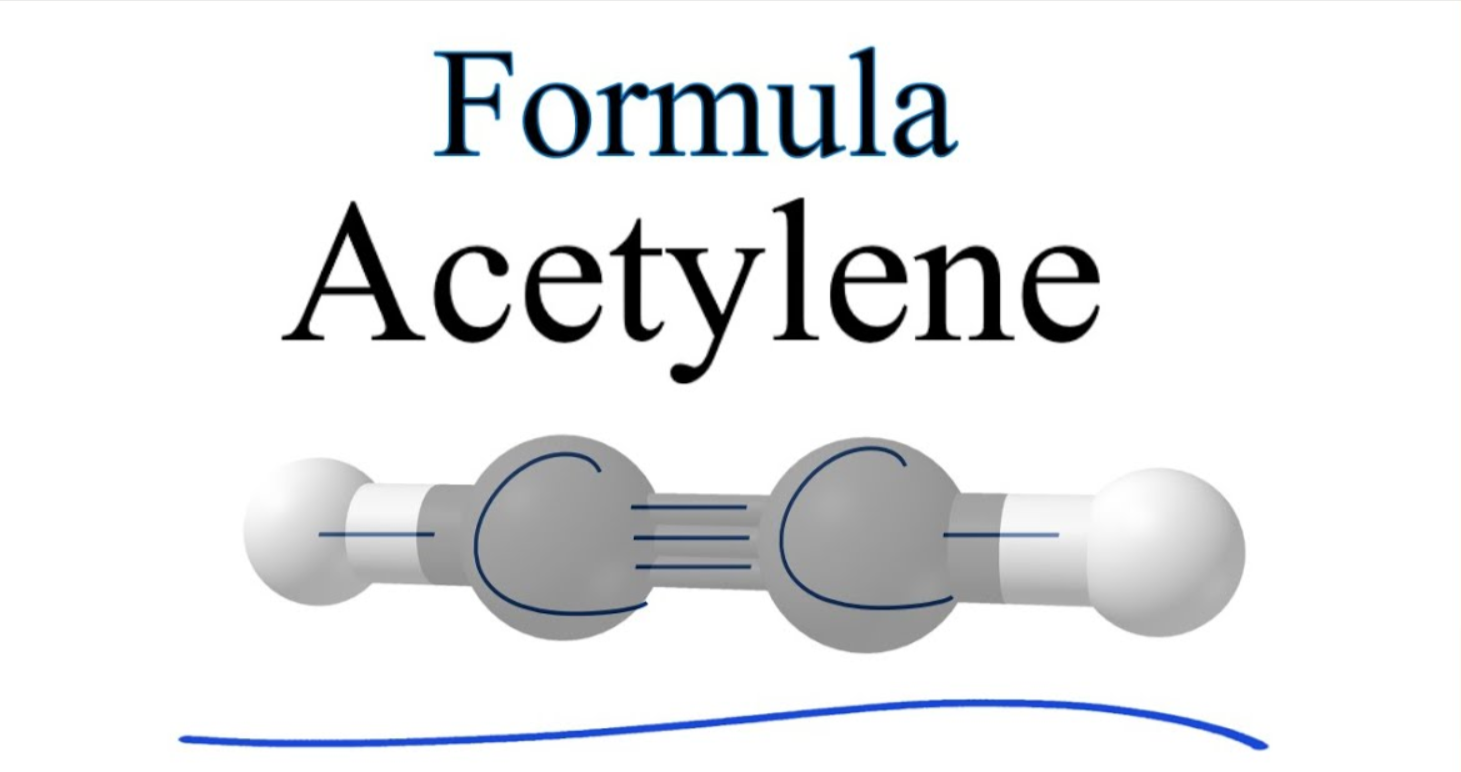Are quadratic equations a source of confusion for you and you have several solutions to the equation, you feel difficult to find the most effective method?
If you are sure, you’re everything covered with the ideal method of solving the problem. x2 – 11x = zero. The factorization of the equation, using the quadratic approach, and finishing the rectangle are a few ways to solve the problem. This is the article you to read to grasp this idea.
What is a Quadratic Equation?
To begin this adventure, we have to first understand the fundamentals of an equation that is quadratic. The quadratic equation is an equation of the second degree that is characterized by the help in the form of the quadratic variable. The most basic version of the quadratic equation can be described in the form: ax2 Bx c = zero
Which are the best methods to Solve the equation x2-11x+28=0?
The ways to solve the quadratic equation x2-11x+28=0 comprise of factorizing the expression, closing on the quadratic equation, and use of graphic methods. It is because of the sheer number of assumptions required.
Therefore, it’s higher to use a complete-proof quadratic equation technique in place of successful-and-trial, time-ingesting manner to rule out the solution.
General Form of a Quadratic Equation
Understanding the general formula of x2 + 11x + 28, which is 0 is crucial since it lays the foundation of these equations. When we know this form and formula, we can quickly become cognizant of the coefficients “a'”‘b’,’ and ‘c. For our specific calculation, “a” equals 1 and ‘b’ is -11 and ‘c’ stands for 28.
Roots of Quadratic Equations
The root of a quadratic equation are the numbers in ( x ) which satisfy the equation. They represent the elements that intersect the parabola and the x-axis. There are many ways to find these roots for example:
- Factorization: expressing this quadratic equation in terms of the combination of two binomials.
- Quadratic Formula: a common method that employs the coefficients ( A ), ( b ) ( c ) ( c ) and ( C ) to find the roots.
- Completing the Square Transformation of the equation to the trinomial of great size.
Graphical Representation of Quadratic Equations
In the space of x2 + 11x + 28, which is zero The representation graphically often takes the form of an inverse parabola. This curve shape offers crucial insight into the behaviour of these equations The vertex of the curve is a central point that signifies the minimum and most possible parabola.
Applications of quadratic equations
Quadratic equations aren’t only theorems, they’ve found practical applications in many areas.
- Physics: Decribing the movement of projectiles in loose fall, projectile movement, and various other phenomena.
- Engineering design: Reading structures, designing forces, and optimizing problems.
- Economics Modelling fees, revenue functions and market equilibrium analysis.
In the end, knowing of quadratic equations isn’t just about figuring out ( x ) It’s about understanding an essential concept that spans diverse disciplines. This problem ( x2-x11x+ 28=0 ) is a well-known example that encompasses a large portion of these components, and serves as a perfect model to explore.
Conclusion
This article on the equation x2 – 11x + 28, = 0. has not yet efficient in solving the equation by using different strategies, including factorization, the quadratic method and completing the square, but it is also in applications in a variety of areas.



